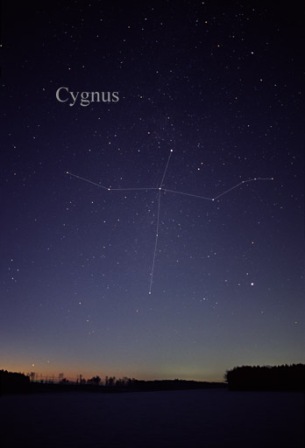A Star Takes a Swan Dive
Romans 8:20-21
“For the creature was made subject to vanity, not willingly, but by reason of him who hath subjected [the same] in hope, Because the creature itself also shall be delivered from the bondage of corruption into the glorious liberty of the children of God.”
The life cycle of a star is supposed to be millions of years; thus, human observers should not be able to see the birth and death of an individual star. Now a star that first became visible in the year 1600 is causing some astronomers to rethink their theories about the time it takes for stars to evolve.
 According to the evolutionary way of dating things, some stars – like our sun – have been burning for billions of years. Astronomers say that stars go through different stages in their lifetimes. As a result, they can tell by color and brightness just how old a star is. The Bible says, of course, that the stars were created by God in the much more recent past.
According to the evolutionary way of dating things, some stars – like our sun – have been burning for billions of years. Astronomers say that stars go through different stages in their lifetimes. As a result, they can tell by color and brightness just how old a star is. The Bible says, of course, that the stars were created by God in the much more recent past.
In the year 1600, a star in the constellation of Cygnus, the swan, suddenly became bright enough to see from earth. Astronomers report that the star, called P Cygni, has gotten gradually brighter and is half again as bright today as it was in 1700. This brightening is expected in the normal lifetime of a star. The problem is, at this rate the star is aging too fast, even for a large star. One scientist noted that the time scale for star aging can be measured in centuries rather than hundreds of centuries. In other words, so-called “old stars” can be much younger than expected. That being the case, God’s universe itself is seen to be much younger than expected – perhaps only thousands and not billions of years old.
Prayer:
Dear Father, as I am reminded that the entire creation is growing old and wearing out because of sin, cheer me again with the sure knowledge of the forgiveness of sin won for me by Your Son, Jesus Christ, on the cross. In His Name. Amen.
Notes:
Photo: The constellation Cygnus as seen by the naked eye. Courtesy of Till Credner. Licensed under the Creative Commons Attribution-Share Alike 3.0 Unported license.